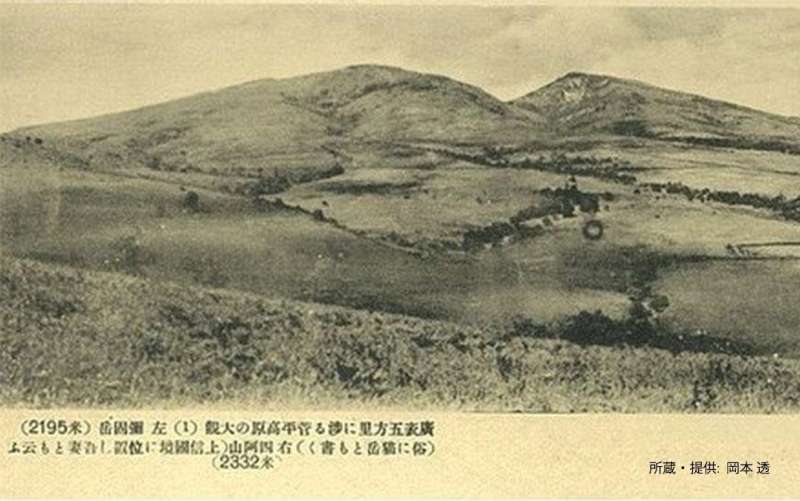Uncovering the past 300 years of the Sugadaira Kogen biome

In recent years, there has been a decrease in grasslands both globally and within Japan on a scale heretofore unprecedented. There is apprehension that a great number of the flora and fauna that live in these grasslands may go extinct. In order for us to take measures to conserve grasslands and their biodiversity, we need to understand when, where, and how rapidly grasslands are decreasing, and how long they have existed.
A study conducted by researchers at the University of Tsukuba Forestry and Forest Products Research Institute has revealed that the Sugadaira Kogen area near the City of Ueda in Nagano Prefecture was covered in grasslands at least as far back as 1722, and that since then the area has been rapidly losing its grasslands. Researchers further learned that designation as a National Park is not connected to any inhibition of grassland loss, either in Sugadaira or in Japan as a whole.
While it has been estimated that grasslands have existed in the Sugadaira Kogen since several thousand years ago, the changes their area and distribution have underwent is unknown. In this study, Professor Tanaka Kenta and First Author Taiki Inoue combined two maps that were created around 1881 for different purposes, and doing so allowed them to estimate that the area of the grasslands at the time was 44.5 km2. By referencing drawings made from much older eras, Professor Tanaka and his colleagues learned that most of the Sugadaira Kogen was covered in grasslands at least since 1722 and through 1881. However, 88% of those grasslands had been lost by 2010, primarily to afforestation.
In 1949, the Sugadaira Kogen was designated as Joshin'etsukogen National Park, and its grassland ecosystem was considered a natural environment particularly worthy of preservation. Incidentally, the decrease of the grasslands tended to accelerate after the area's designation as a National Park. When compared to other examples throughout Japan, it became clear that a designation as a National Park does not necessarily inhibit the loss of grasslands. In order to maintain these grasslands, it will require maintenance and repair, such as going in to cut down the trees that have invaded the areas. However, there are regulations in place to "preserve" primeval nature in National Parks, so it is possible that this maintenance and repair has also been reduced.
The study findings have also revealed a problem—that when areas of secondary nature such as grasslands are designated as natural parklands, the secondary natures are not necessarily be preserved unless there is some simultaneous support for intervention by mankind.
The study was published in Japanese Journal of Conservation Ecology.
More information: Taiki Inoue et al, A Qualitative and Quantitative Analysis of the Transitions in the Land Area of Grasslands of the Sugadaira Kogen Between 1722 and 2010: The State of Grassland Reduction in National Parks. Japanese Journal of Conservation Ecology (2021). DOI:doi.org/10.18960/hozen.2041.
Provided by University of Tsukuba





















